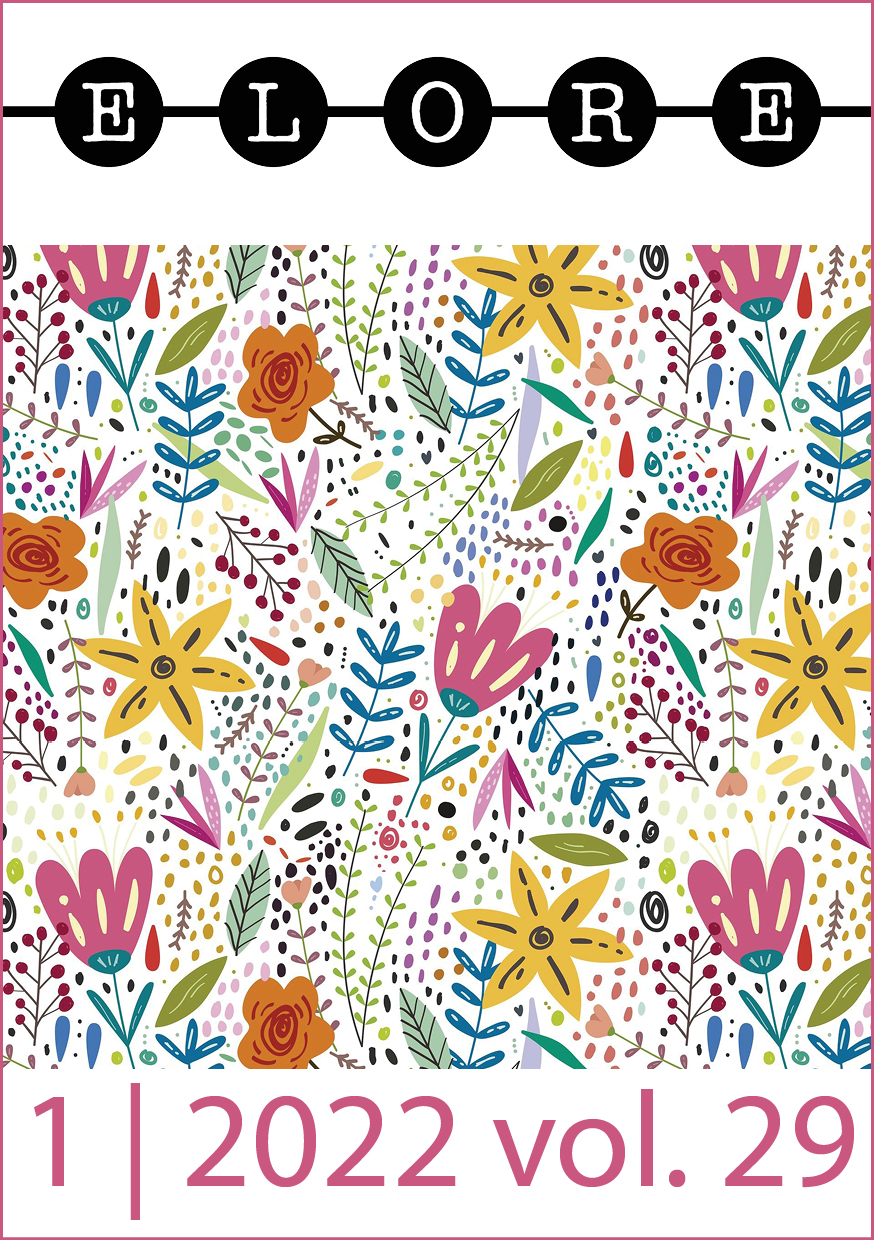Cultural Citizenship and Material Culture
Dignifying Representations and the Uses of Everyday Objects
DOI:
https://doi.org/10.30666/elore.109259Abstract
This article discusses cultural citizenship in terms of dignified representations of everyday life and lifestyles, and from a viewpoint of material culture. The research focuses on the interviewees’ stories about material everyday things, for instance, in relation to their own experiences of various borders they have encountered. Theoretical framework is based on scholarly discussion about cultural citizenship conceived in inclusionary forms of culture, and in relation to maintenance of cultural lifestyles and dignified representations as components of cultural citizenships. The aim is to examine how dignified representations intertwine with uses of objects, which are considered important, or otherwise carried with in peoples’ lives. Thus, the research question investigates the interviewees’ stories about the relationship between cultural-symbolic manifestations related to the material objects, and their everyday use in a variety of narrative contexts. The research material is based on the research interviews conducted in the project The Lost Mitten and Other Stories, and it is analyzed by means of content analysis and narrative methods. The results illustrate, how the material contexts of dignified representations and lifestyles link, in practice, to a variety of private and public contexts, such as homes, schools, workplaces, and other activities as sports and music. Hence, the discussion in this paper contributes to understandings not only of the plurality, but also of the challenges of the relations of cultural lifestyles, citizenship, and material culture.

Downloads
Published
How to Cite
Issue
Section
License
The journal follows Diamond Open Access publishing model: the journal does not charge authors and published texts are immediately available on the Journal.fi service for scientific journals. By submitting an article for publication on Elore, the author agrees, as of September 2024, that the work will be published under a CC BY 4.0 licence. Under the licence, others may copy, transmit, distribute and display the copyrighted work and any modified versions of the work based on it only if they attribute the licence, the original publication (link or reference) and the author as the original author. Any modifications made must be acknowledged.
Copyright of the texts remains with the authors, and self-archiving (Green OA) of the published version is allowed. This also applies to texts published before September 2024. The Green OA publication must include Elore's publication details.
The metadata for published articles is licensed under Creative Commons CC0 1.0 Universal.





